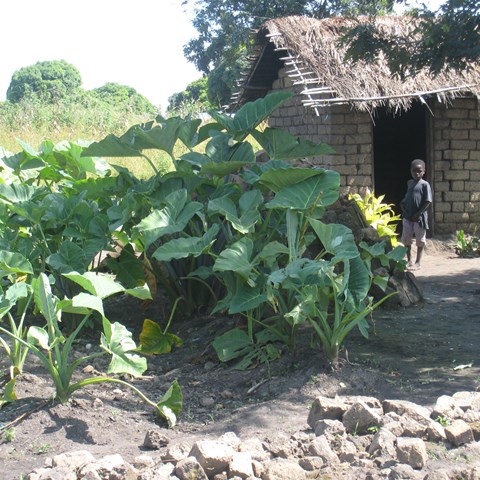For example, if landless people, or people with no land title document or only small land plots cannot take part in the project, how will the risk of conflict and inequality be dealt with? If incomes from carbon credits goes to certain groups who are (over-)represented in local leadership, how can other groups (such as landless, youth, widows and other low status or poorer individuals) benefit equally? If people whose trees die or do not grow fast enough could miss out on incomes from the project, what measures will be taken to avoid negative impacts? Is distribution of project payments within households or project groups discussed (research shows that persons with higher status often control monetary incomes)?
